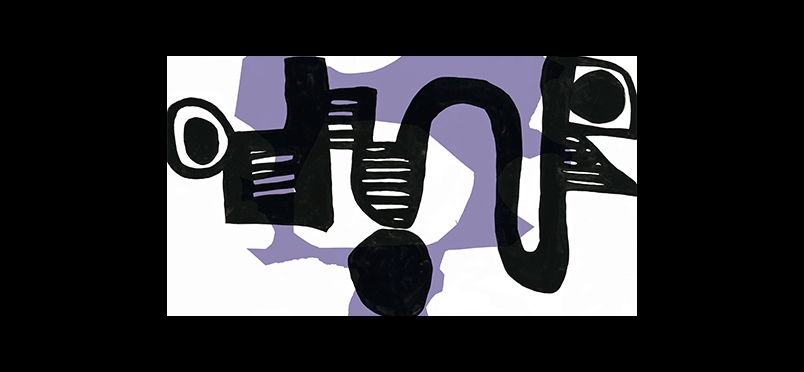| research/study
Going Behind the Gluten: A New Approach to Treating Celiac Disease

Researchers Identify New Target for Deactivating Disease-Provoking Enzyme
New research funded by the National Institutes of Health and conducted by a team from Stanford University has identified a biologic target that may point to new therapeutic approaches to treating celiac diseases. The discovery involves an enzyme that appears to block the activity of another enzyme, transglutaminase 2 (TG2) in the small intestine. It is known that in patients with celiac disease, TG2 interacts with gluten and provokes an unwanted immune response, triggering the symptoms of the disease. But TG2 is also present in the intestines of individuals who don’t suffer from celiac disease, and the study team sought to understand the difference. Study director Chaitan Khosla, PhD, director of Stanford Chemistry, Engineering & Medicine for Human Health commented “(E)ven though there's a lot of transglutaminase 2 protein in the (small intestine), it's all inactive. When it became clear that even though the protein was abundant, its activity was nonexistent in a healthy organ, the question became ‘What turns the protein on, and then what turns the protein off?’”
Building on prior knowledge that TG2 activation can be accomplished by breaking the disulfide bond between 2 amino acids, the Stanford team worked with cell cultures to identify an enzyme, ERp57, that re-forms this bond, thereby inactivating TG2. Dr. Khosla noted that TG2 is the first protein that has been shown to modifiable in this manner, stating that “This is a very different kind of on-and-off chemistry than the kind that medicinal chemists would (typically) use.” Existing treatments for patients with celiac disease mostly focus on strict adherence to a gluten-free diet, and the authors suggest that their discovery points to TG2 blocking as a potential new avenue for treatments that are less disruptive to patients’ lives. The findings were published last week in the Journal of Biological Chemistry.
Read a news story about the work.
The journal abstract may be read here.
Did you enjoy this article?
Subscribe to the PAINWeek Newsletter
and get our latest articles and more direct to your inbox
